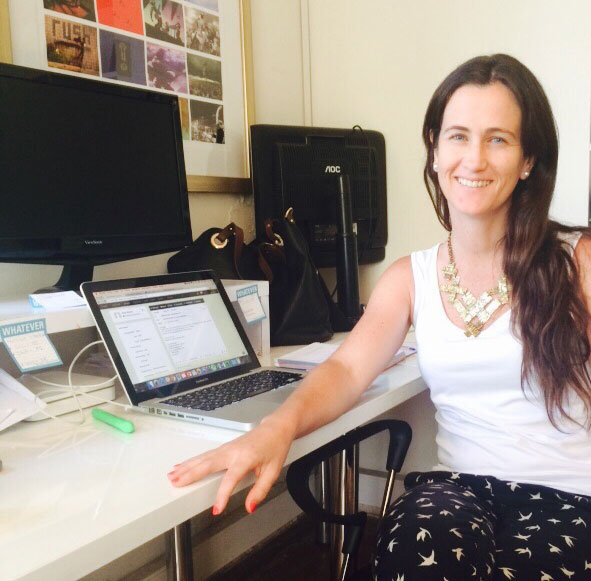Urban deliveries: Bicycles, boats, runners and other cool innovations
In Mexico City, everyday thousands of people spend hours in traffic jams, costing the local economy 2.6% of GDP every year, because of the congestion.
If city traffic is one of the main problems that logistics management has to face in urban deliveries, well, forget about the traffic! Innovation in the supply chain industry is finding new ways to accomplish goals in last mile delivery, without fighting against traffic jams.
The audit is a key tool to know the overall status and provide the analysis, the assessment, the advice, the suggestions and the actions to take in order to cut costs and increase the efficiency and efficacy of the fleet management. We propose the following fleet management audit.
Know our fleet management audit
The Rolling Deckchair
According to The Guardian newspaper, something is going on in Gothenburg, Sweden. Johan Erlandsson has created a six-wheeled cargo bike, 14 ft long and only 34 inches wide and assisted by an electric engine, to navigate between traffic lanes and forget about slow traffic. “You are never stuck in a queue -says Erlandsson- it’s quicker to get from A to B – and it’s safer.”
“The pilot delivery scheme initially served just eight clients when it was launched in 2012 –The Guardian explains- but now close to 500 businesses take part – from small offices to major retailers – and more than 350 packages are delivered each day. According to a report by the EU-funded research project CycleLogistics, an estimated 51% of goods transported in cities could be shifted to bicycles and cargo bikes, significantly reducing emissions and congestion.”
Urban Runners
“Urban logistics issues are particularly visible in the Parisian region, where about one million deliveries are made every day. And e-shopping is only a small part of it, consisting of 5 to 10% of the flow of goods in these dense areas, against 40% for food or 40% for construction equipment,” Mobility Trends says.
“TokTokTok, a good example of the urban logistics’ “uberisation”, aims to become a last-mile delivery leader. With its app, customers call on “personal runners” to have them deliver various products, from a take out lunch to a bouquet of flowers. The runner can directly pay in-store with his prepaid credit card, and redefine the order with the customer in case of unavailability of the product through the app. No need to be a professional to be a runner.”
Delivery Boats
According to Mobility Trends, air pollution is another issue that should be considered in the search for new and innovative ways to do urban deliveries. “Freight transport produces more than one million tonnes of CO2 every year, just for Paris.
“Using the rivers as new roads for freight transport could be an effective solution to solve traffic congestion and drastically reduce pollutant emissions. The Seine is an untapped route that could easily transport goods from the suburbs to the centre of Paris (…) Some companies have already tried this form of transportation: Franprix provides 130 of its Parisian shops with dried goods via the Seine, reducing CO2 emissions by 37% and removing 4,000 trucks from the roads.”
Drones
What Amazon started has been rapidly considered by other companies and industries. According to Mobility Trends,” the drone would be able to deliver packages weighing less than five pounds to houses 10–15 miles from warehouses. Including a “sense and avoid” technology, it would be safe enough to fly below 400 feet.”
“Flying at a maximum speed of about 50 miles per hour, the drone would be able to deliver packages in less than 30 minutes following the order. The customers would just have to set up a little landing zone in their backyard that the drone could sense and land on to deliver the package.”
Now, each of these innovative solutions for urban deliveries requires an innovative way of management, along with the proper technology.
If your company goes to the next step and starts using electric cars or drones for last mile deliveries, would you manage those valuable resources with an Excel sheet, or with a route optimization software? We invite you to share your opinion.
 Writen by Francisca Howard
Writen by Francisca Howard
Join to my Facebook and LinkedIn pages focus on Fleet Management, each week we publish posts, conferences, news and technology related to Fleet Management.
The main goal of this course is to provide the knowledge and the skills to manage any kind of vehicle fleet through all its activities and key aspects. The course is aimed to executives, middle managers, fleet managers and any professional related to fleet management.







